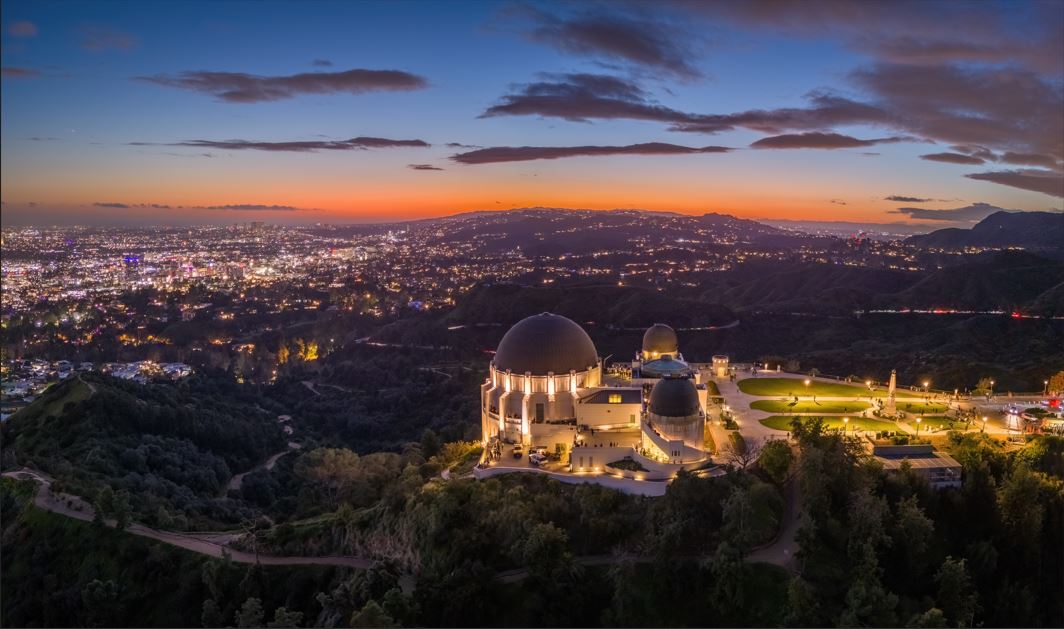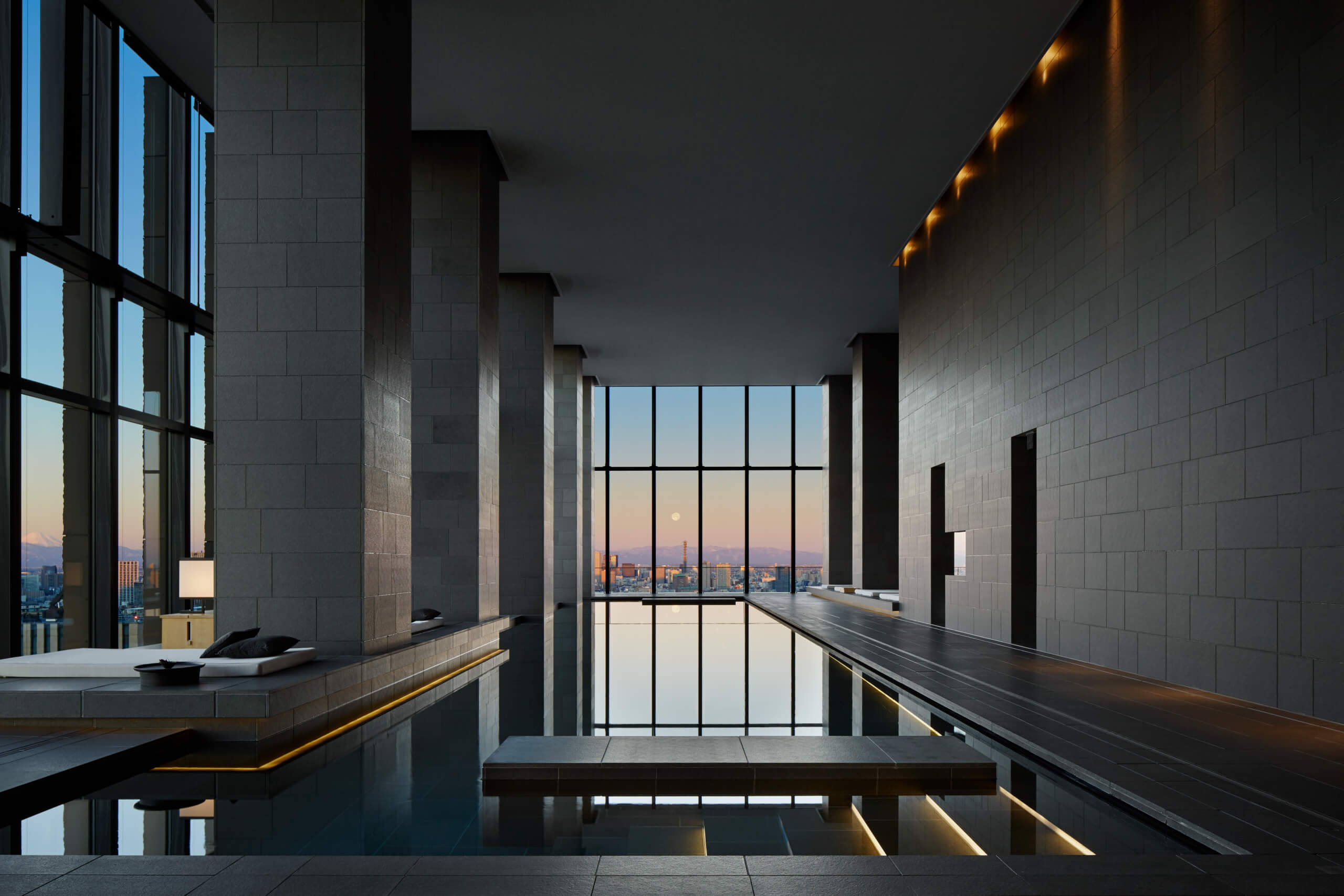
Image 1. Aman Spa, Hotel Aman Tokyo, Tokyo, Japan. Source: images courtesy of © Amanresorts.
In the heart of Tokyo, one of the liveliest and most densely populated metropolises in the world, stands the Hotel Aman Tokyo: a sanctuary of peace and sophistication. This hotel has made a name for itself through its luxury and exclusivity. At the same time, it presents itself as a masterpiece of contemporary architecture and interior design.
Throughout this article, we will explore in detail the architectural and design elements that make the Aman Tokyo a paradigm in the world of luxury hospitality.
Concept and design philosophy
The Aman Tokyo, designed by Kerry Hill Architects, pays testimony to the minimalist approach and integration of nature. Both are fundamental principles in the philosophy of the Aman’s design. The harmony between the urban environment and the hotel’s inherent tranquillity is achieved through a careful balance of traditional Japanese materials and modern technology.
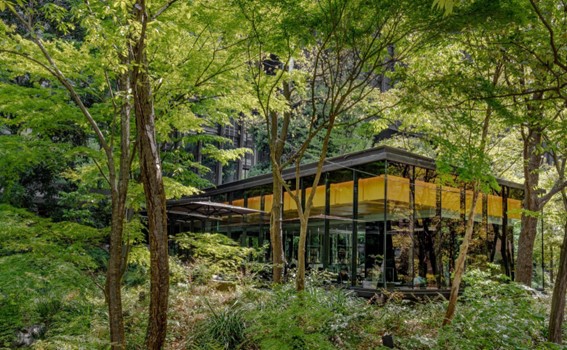
Image 2. The Café by Aman facade, Hotel Aman Tokyo, Tokyo, Japan. Source: images courtesy of © Amanresorts
This building is much more than a hotel: it is a work of art that pays tribute to the rich history and culture of Japan. In fact, the building’s architecture takes its inspiration from traditional Japanese ryokans, inns where travellers could rest and enjoy nature.
Covered with natural stone, the façade harmoniously integrates with the surrounding urban environment, offering a sensation of calm and privacy. Meanwhile, large windows and internal courtyards allow natural light to flood the spaces, creating a serene and welcoming atmosphere. Finally, natural materials like wood, stone and washi paper take centre stage in its design, bringing warmth and authenticity to the rooms. All in all, layout of spaces and choice of materials evoke the minimalist and refined aesthetic of Japanese architecture.
Fusion of tradition and modernity
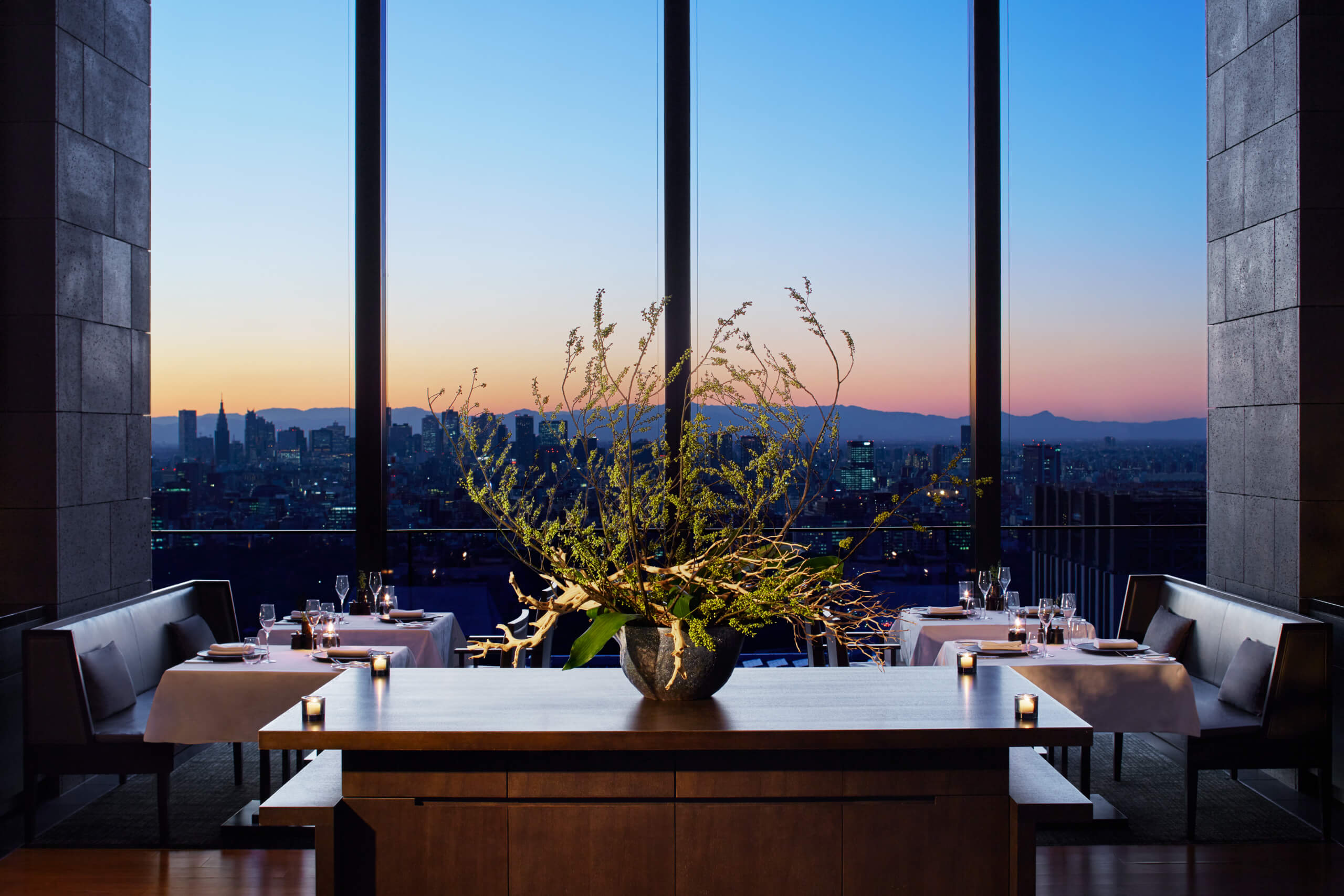
Image 3. Arva Restaurant, Hotel Aman Tokyo, Tokyo, Japan. Source: images courtesy of © Amanresorts.
From an architectural perspective, the Aman Tokyo stands out for its capacity to combine the essence of the Japanese aesthetic with the needs of a contemporary hotel. The building is located in the upper floors of Otemachi Tower. As a result, it offers panoramic views of the city and even Mount Fuji on clear days.
Traditional Japanese homes and the concept of Zen simplicity inspired the architectural design of the hotel. Each space has been carefully designed to maximise natural light and create a feeling of spaciousness. For example, high ceilings and large windows frame breathtaking views. Furthermore, wide corridors and open spaces promote a natural flow between public and private areas.
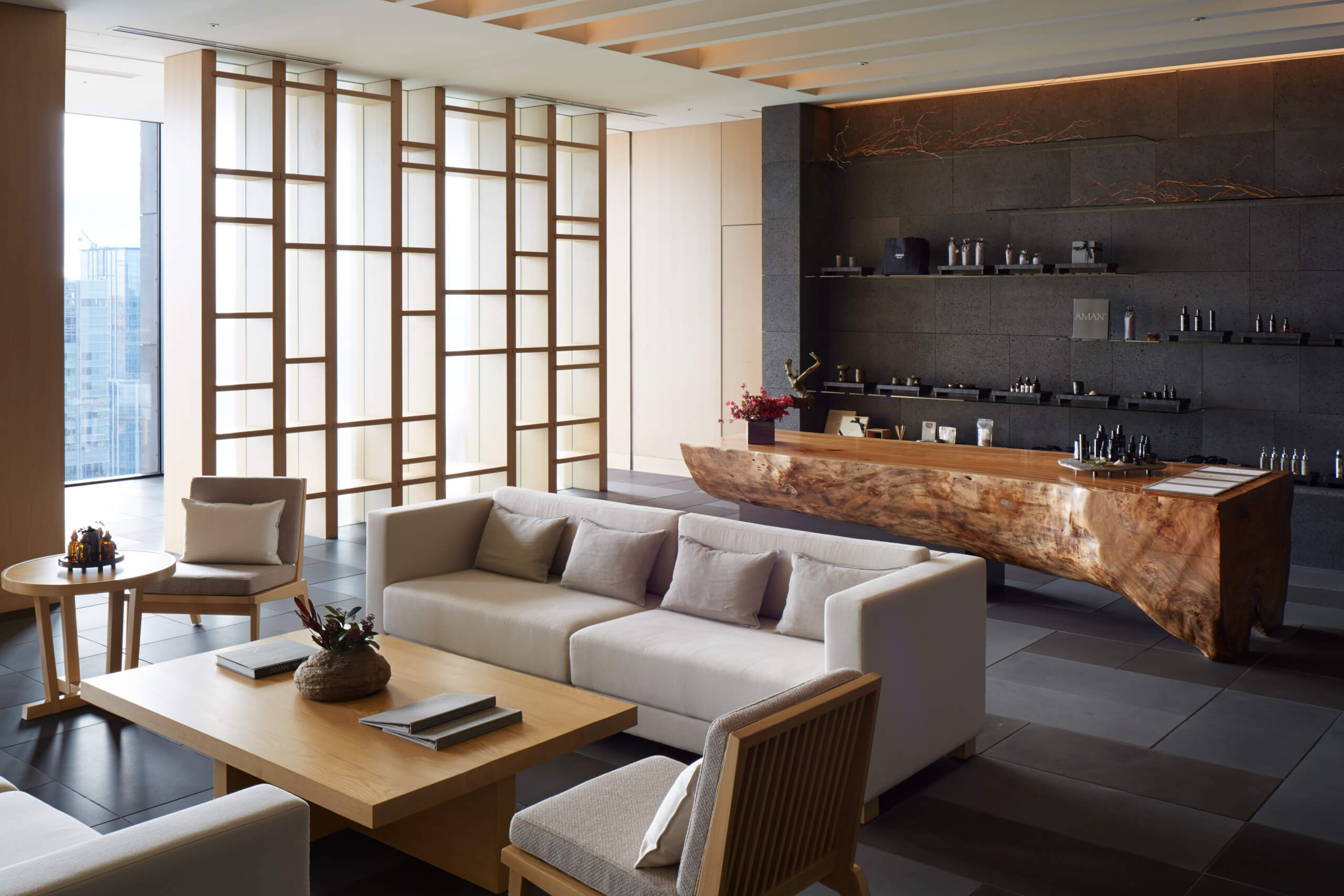
Image 4. Aman Spa, Hotel Aman Tokyo, Tokyo, Japan. Source: images courtesy of © Amanresorts
The use of indigenous materials is one of the Aman Tokyo’s hallmarks. Marble, Japanese cypress wood (hinoki) and rice paper (shoji) abound, creating a warm and welcoming atmosphere. These materials are not only aesthetically pleasing but also connect the hotel with Japan’s rich cultural heritage.
Despite its location within a bustling metropolitan area, the Aman Tokyo offers its guests a haven of tranquillity. The building’s architecture, with its emphasis on clean lines and simple geometric shapes, perfectly integrates with the Tokyo horizon. At the same time, it offers a peaceful contrast with the city’s frenetic activity.
Interior design: minimalism and sophistication
The Aman Tokyo’s interior design offers a natural extension of its architecture. In each and every corner, the attention to detail and cohesion between decorative elements is clear to see.
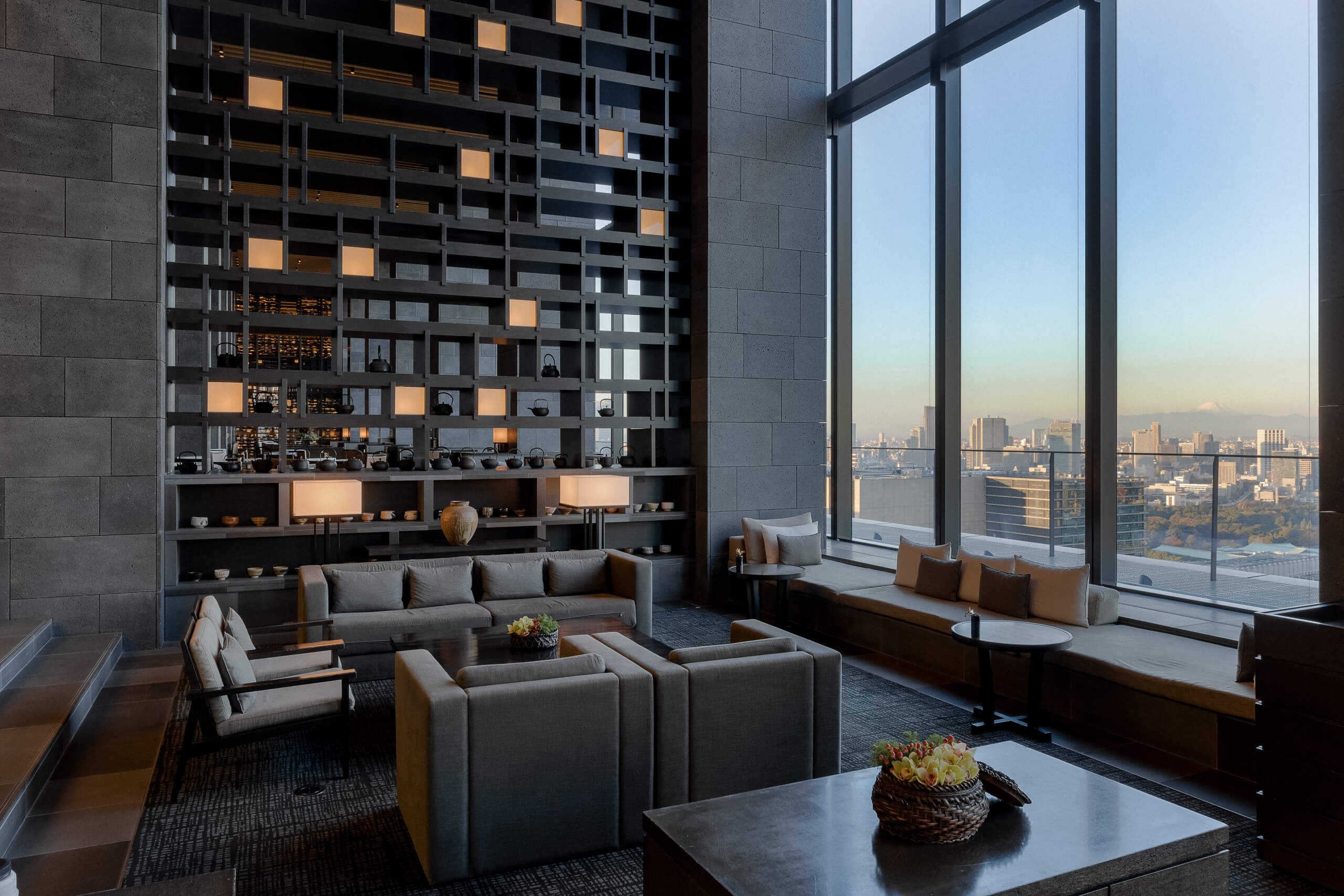
Image 5. Lobby Hotel Aman Tokyo, Tokyo, Japan. Source: images courtesy of © Amanresorts
Upon entering the lobby, guests are greeted by a vast, open space with high ceilings imitating the structure of a Japanese temple. A large ikebana (Japanese flower arrangement) stands as the room’s focal point, symbolising fleeting beauty and a harmony with nature. Meanwhile, the space’s minimalist furniture and neutral tones create an atmosphere of calm and contemplation.
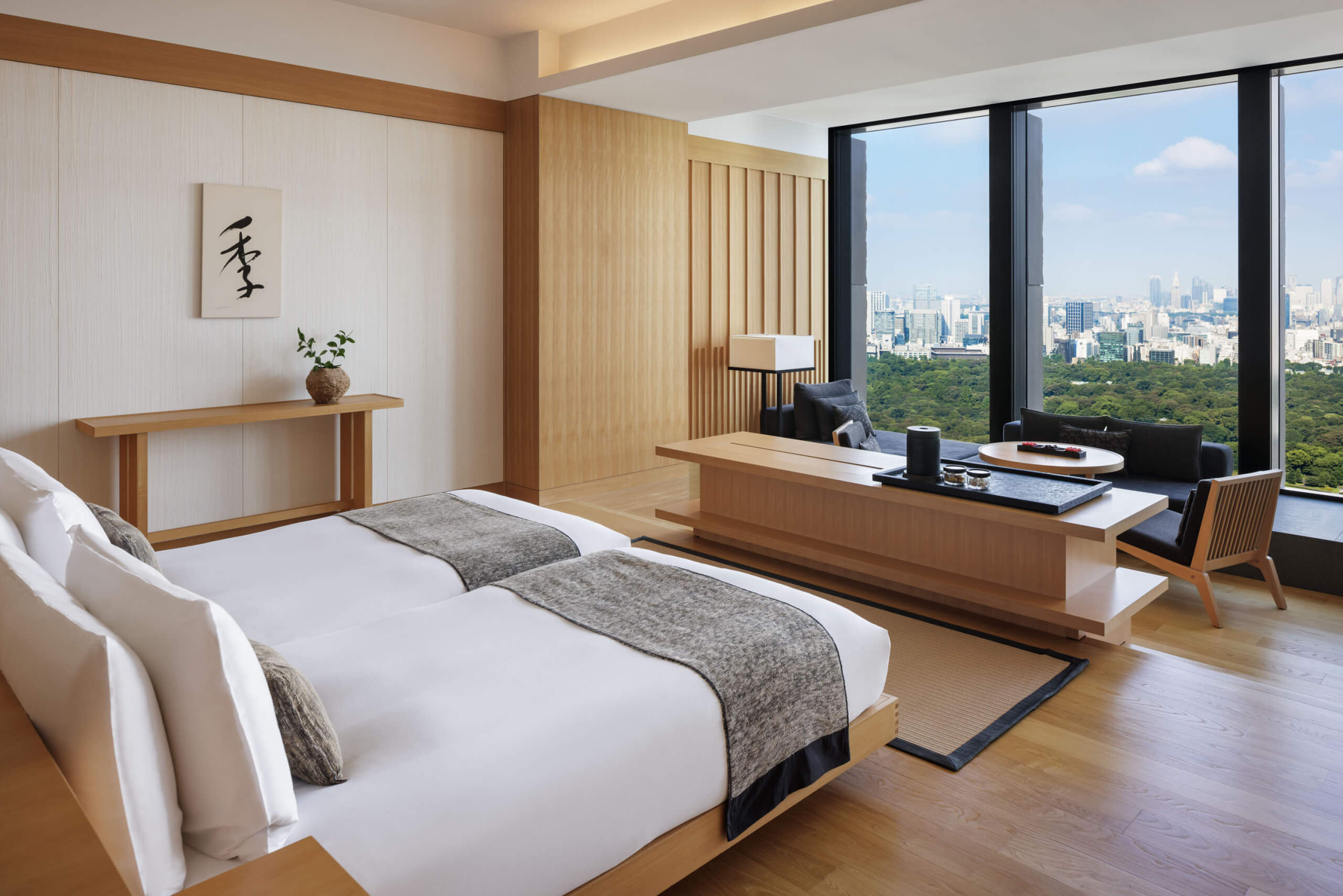
Image 6. Deluxe Suite, Hotel Aman Tokyo, Tokyo, Japan. Source: images courtesy of © Amanresorts.
The rooms of the Aman Tokyo have been designed as private shelters offering an escape from hectic city life. Each one is a mix of traditional and contemporary materials. For example, hinoki bathtubs and traditional futons combine with modern comforts like room-automation systems and next-generation technology.
All the common areas, including the restaurants, spa and pool, follow the same minimalist-design approach. A neutral colour palette and the use of natural colours create visual and sensorial continuity across the hotel. The pool offers impressive views of the city from the top floor, while the spa provides a serene atmosphere with treatments inspired by Japanese traditions.
A masterpiece of modern hospitality
The construction of the Aman Toyko focuses not only on aesthetics and comfort, but also on sustainability and energy efficiency. Below, we will explore a few of the project’s key technical aspects:
Advanced air-conditioning systems
The building incorporates advanced air-conditioning systems to efficiently regulate its temperature, minimising energy consumption. What’s more, the use of LED lighting throughout the hotel significantly reduces electrical consumption.
Given that water is a crucial resource in Japan, the Aman Tokyo implements water-recycling systems and water-saving technologies in all its installations. The hinoki bathtubs, for example, are designed to use a minimum amount of water without compromising the luxury experience.
In the hotel’s construction, priority has been given to local and sustainable materials. The hinoki wood, used extensively throughout the hotel, comes from responsibly managed forests. In addition, the rice paper and other traditional materials have been selected for their low environmental impact.
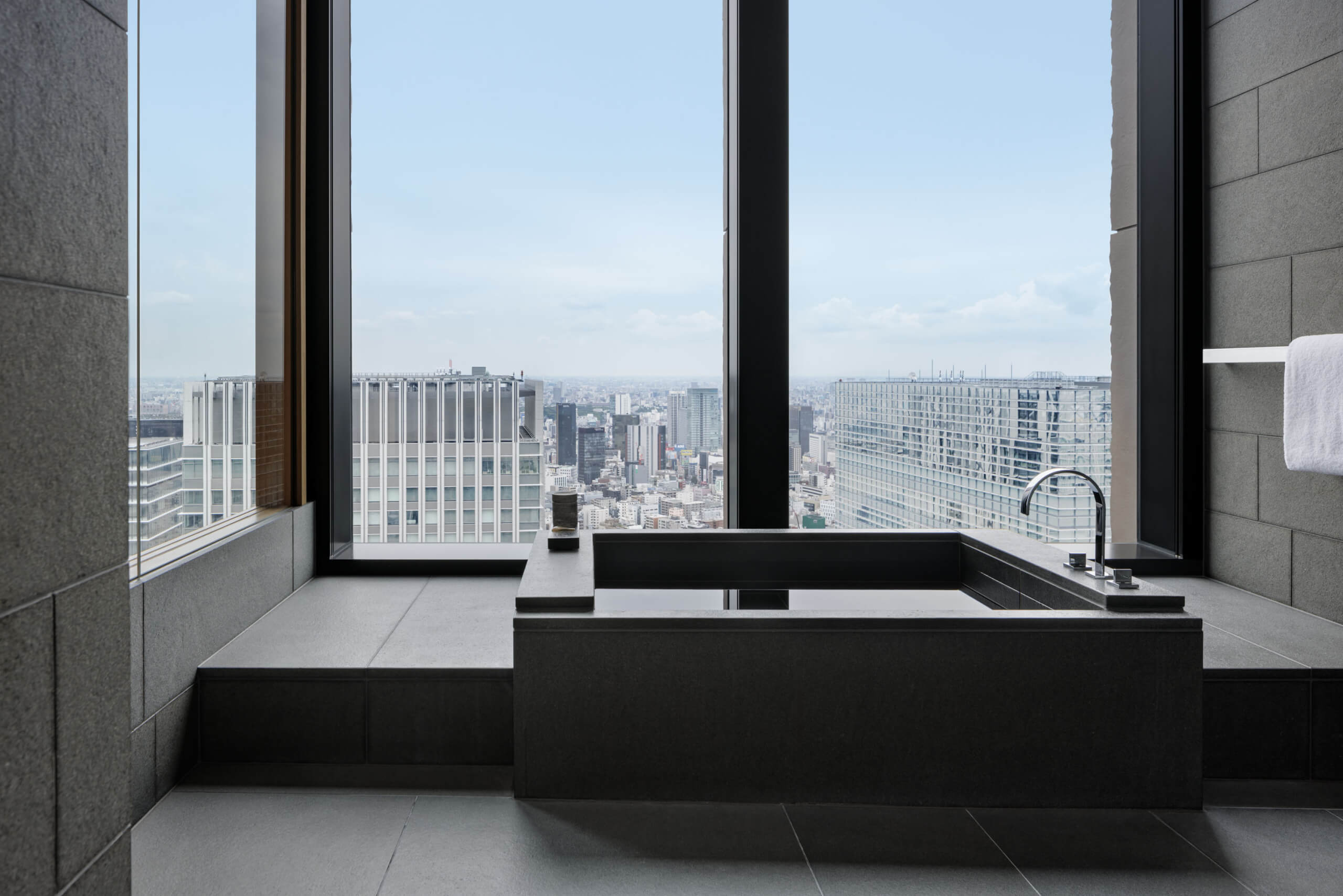
Image 7. Panorama Suite Bathtub, Hotel Aman Tokyo, Tokyo, Japan. Source: images courtesy of © Amanresorts
The Hotel Aman Tokyo is not just a place to stay, it is an experience in itself. A combination of innovative architecture, meticulous interior design and commitment to sustainability makes it a real benchmark within the hospitality industry. For sector professionals, the Aman Tokyo offers an exceptional example of how to combine tradition and modernity to create a space that is both functional and emotionally resonant.
This hotel exemplifies how design and architecture can go beyond aesthetics. It provides an experience that connects guests to the local culture and environment, while setting new standards for luxury and comfort. The Aman Tokyo is undoubtedly an inspiration and a model to follow for architects and interior designers across the globe.

